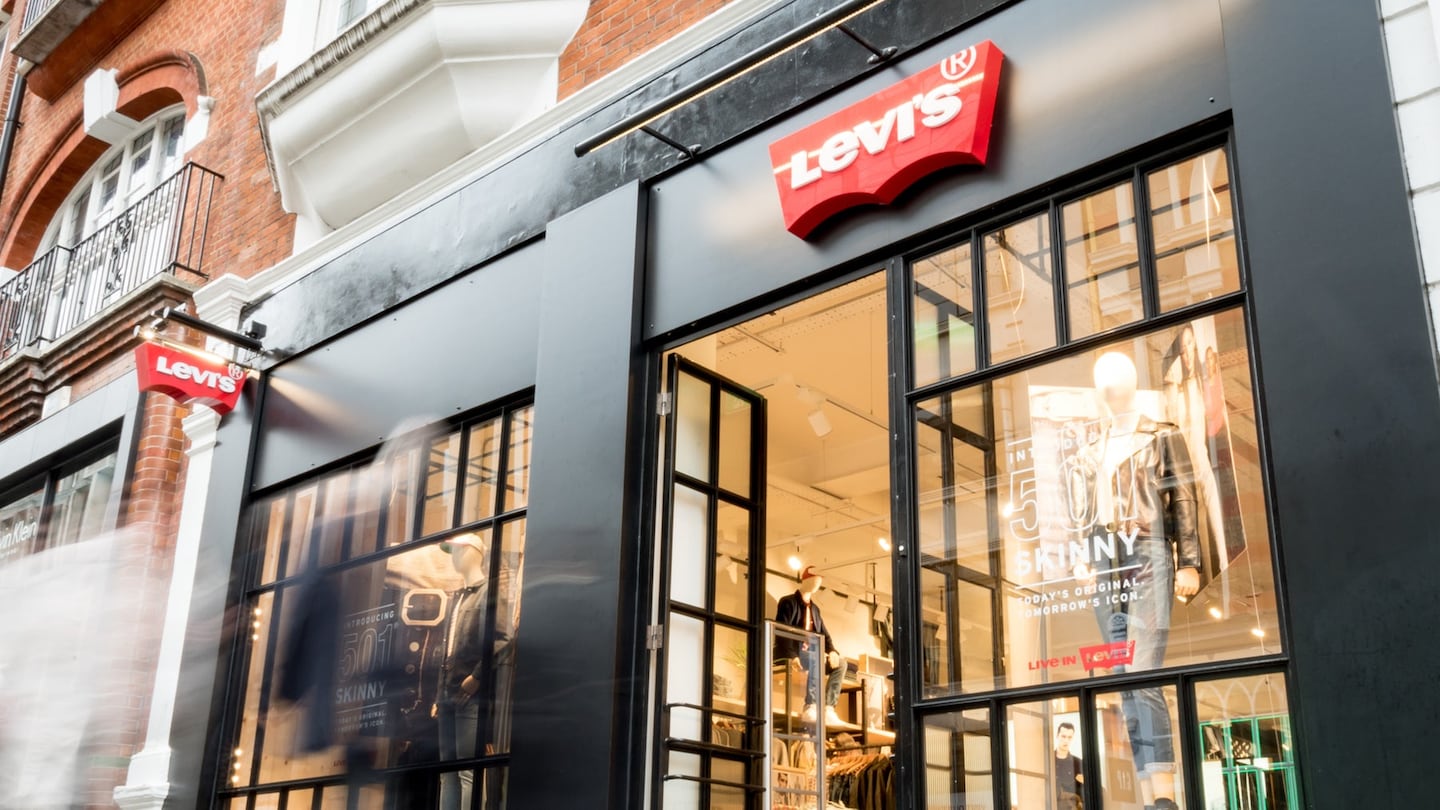
The Business of Fashion
Agenda-setting intelligence, analysis and advice for the global fashion community.

Agenda-setting intelligence, analysis and advice for the global fashion community.

SHANGHAI, China — Levi Strauss & Co. has shut about half of its stores in China due to the outbreak of a new coronavirus and will take a near-term financial hit as a result of the epidemic, Chief Financial Officer Harmit Singh said on Thursday.
This comes a few months after Levi's opened its largest store in the central Chinese city of Wuhan, the epicentre of the coronavirus epidemic which has killed about 170 people, marring its plans to tap into the city's 11 million-strong population.
"It will put a dampener on our growth objectives in the near term," Singh told Reuters in an interview.
The flu-like virus has set off alarm bells across the globe with companies such as Starbucks Corp. closing stores and warning of a financial hit from slowing business in the world's most populous country.
ADVERTISEMENT
Levi's has also stopped all employee travel in and out of China.
Singh said the coronavirus impact was not baked into the company's full-year forecast, but will be quantified when it reports first quarter results in April.
Levi's, which gets about 3 percent of its revenue from China, forecast 2020 earnings on Thursday above estimates, boosted by demand for women's apparel in its own stores and online.
With foot traffic at malls and department stores shrinking, Levi's has been investing more in its e-commerce business, adding features designed to attract Millennial and Gen-Z consumers.
A new customisation option on Levi's website lets shoppers personalise their pair of jeans with custom prints and patches, helping the near-170-year-old company pull in more customers looking to add a personal touch to their denim.
The company, however, missed fourth-quarter revenue estimates, hurt by plunging sales at department stores and protests in Hong Kong which dented demand in the Asian shopping hub.
Fourth quarter net revenue fell 1.4 percent to $1.57 billion, compared with analysts' estimates of $1.58 billion, according to IBES data from Refinitiv.
Adjusted net income fell 9 percent to $108 million, or 26 cents per share, in the quarter ended November 24.
ADVERTISEMENT
The company forecast adjusted 2020 profit of $1.18 per share to $1.22 per share above Wall Street estimates of $1.17.
By Aditi Sebastian and Uday Sampath; editor: Shinjini Ganguli.
As the German sportswear giant taps surging demand for its Samba and Gazelle sneakers, it’s also taking steps to spread its bets ahead of peak interest.
A profitable, multi-trillion dollar fashion industry populated with brands that generate minimal economic and environmental waste is within our reach, argues Lawrence Lenihan.
RFID technology has made self-checkout far more efficient than traditional scanning kiosks at retailers like Zara and Uniqlo, but the industry at large hesitates to fully embrace the innovation over concerns of theft and customer engagement.
The company has continued to struggle with growing “at scale” and issued a warning in February that revenue may not start increasing again until the fourth quarter.